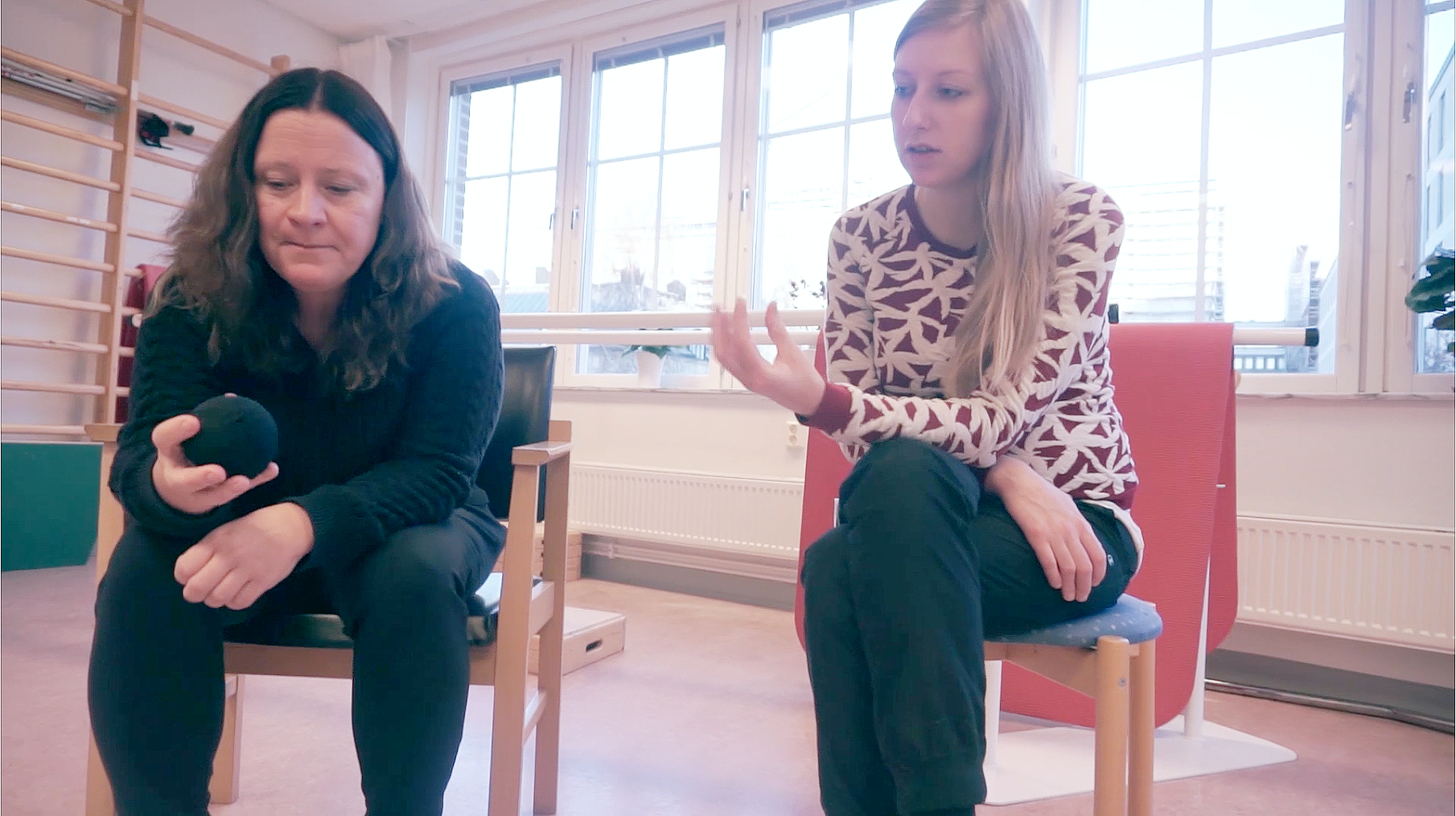
WIM is a stroke therapy concept helping patients regain their full potential, in the comfort of their own home. Developed in collaboration with ABB robotics.
Design research / Concept developmen / Prototyping / Branding / ID / UX / UI
[ Product concept]
Why
Patients never really recover
Current therapy methods for stroke patients are extremely repetitive, uninspiring and always carried out in medical centres due to lack of portable equipment. Methods most often used focus on muscle memory leaving the rehabilitation of damaged brain connections unchallenged. This leads to lack of communication between brain and muscles, often visible when a “recovered” patient still suffer unnatural an/or uncontrollable muscle behaviours.
“This project identified an incredibly important need and developed a meaningful, useful and beautiful solution while allowing the patients to gain back their own independence”
[ Verena Paepcke-Hjeltness, IDEA 2018 juror]
What
A non-stigmatising training kit in the comfort of your own home
WIM is a non-stigmatising training kit aimed to improve patients fine motor skills. By combining a set of well known sensors WIM is able to turn old fashion rehabilitation into gamified therapy, all in the comfort of your own home.
This starter kit contains a training ball, a measuring band, gameplay instructions and app access to keep track of improvements and stay in close contact with your therapist.
How
Gamified therapy
Most tools and methods focus on mimicking original movement patterns through repetitive exercises where the therapist would physically help to lift and adjust a patients limbs. By doing this the affected brain connections are not stimulated nor challenged by the patient itself - leading to compensation, later shown through limping or muscle spams.
WIM on the other hand is addressing all affected senses such as vision, memory and touch through light, sound, vibrations and movements.
Challenges the brain
Offers short & frequent exercises
Adressing all senses
Making it fun
“Open communication and close monitoring is a vital part of ensuring correct recovery”
[Occupational Therapist, Stroke Centre NUS Umeå]
Patient/Therapist platform
To facilitate this we imagined a share platform between patients and therapists. For the patient an encouraging and motivating interface is presented while the therapist navigates through a detailed progress overview in order to follow up and give personal feedback to patients at home.
Process
Playful innovation and prototyping
During our initial research phase we learned that computer enabled rehab robots can easily help to carry out repetitive tasks. We saw this as an inspiration with potential for the rehabilitation environment. To really understand the challenges within specifically stroke rehabilitation we got in contact with multiple experts and kept a continuous discussion and involvement throughout the project to ensure a relevant and impactful solution.



















